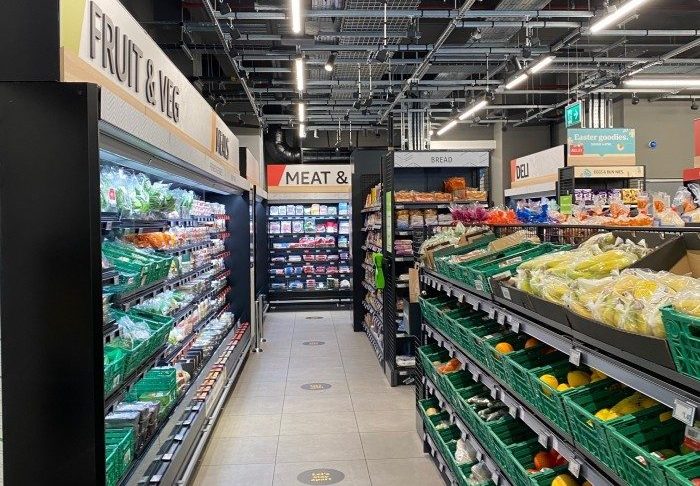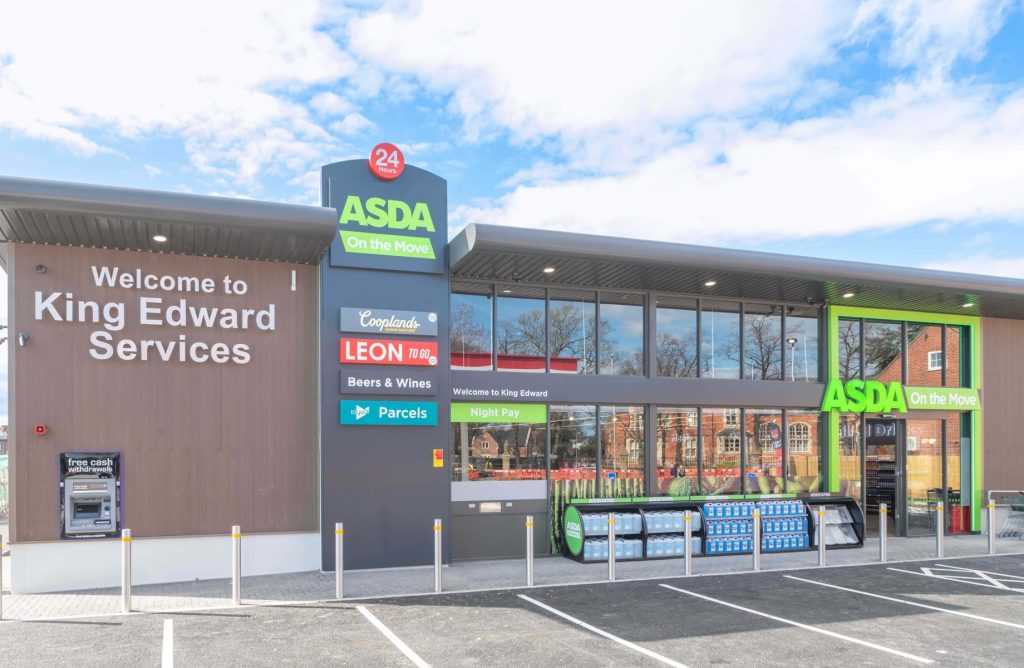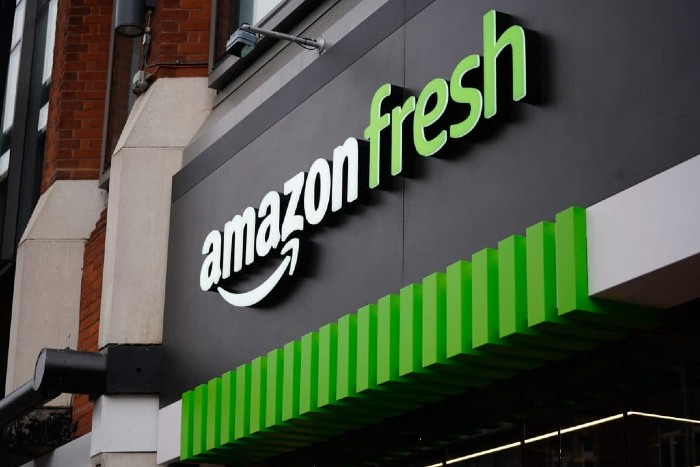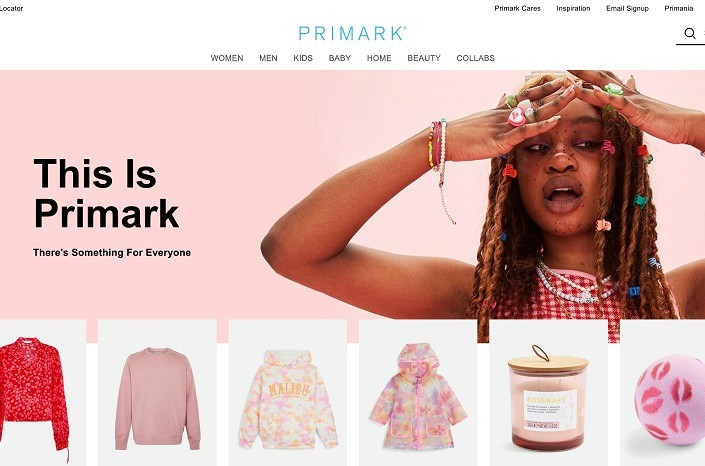Like Goldilocks and her porridge, every retailer is looking for the customer that is “just right”. Not too hot, making a big purchase once and then disappearing for good; not too cold and browsing often but rarely buying. The good news for retailers is that with the right strategy, the perfect customer doesn’t have to be a fairy tale.
Had the bears in the Goldilocks tale had the foresight to gather some data on their ideal customer-intruder, they could have avoided all the messing around with chairs that were too hard and beds that were too soft. Indeed, they might have foregone the porridge altogether, in favour of some trendier smashed avocado.
The science of matching the right customer to the right product is growing ever more important to retailers looking to improve revenues and keep costs down. Effectively reaching the right people at the best time removes ad spend wastage as well as innovating overall customer experience by minimising irrelevant marketing and showing messages that are of real worth to the consumer.
Take a look at online fashion retailer, MandM Direct, for example. In an effort to grow its customer base while still keeping costs down, it undertook an exercise to find out who its “just right” customers might be.
A first step was to delve into audience data to discover what those customers looked like and what behaviours a converting customer exhibited – as opposed to the characteristics of visitors that are unlikely to buy. The upshot was that it could then understand that ideal customer and then try to grow its customer base with similar customers.
This can often be a case of confirming what you already know, but it’s also very useful in busting myths and finding new wellsprings of customers you didn’t realise you had. MandM Direct did just that, finding out that although they generally market to a younger audience in terms of messaging and branding, they’ve actually got a slightly older demographic of customers who convert better than younger ones.
MandM Direct applied this tactic to new as well as existing markets and has seen an increase in existing customer order frequency as well as a strong increase in revenues, boosted partly by a significant decrease in cost to acquire new customers.
Another retailer, iClothing, took a similar tack but allowed automated tools to take over much of the audience outreach. By using enhanced bidding strategies on search advertising, the company was able to automatically seek out similar audiences for ads that were already performing well for the company.
This was especially important as the company sought to expand overseas. With a predominantly Irish customer base, finding new customer groups in the UK and other, key European markets had to be done by finding segments whose behaviours and characteristics matched those in the existing Irish cohort.
Whether manually analysing customer data to find new trends, such as MandM Direct’s older converting segment, or using machine learning and automation to match online behaviours, applying insight based on required customer types as much as existing ones is a good way to make marketing spend more efficient and effective. iClothing’s ambition was to grow online sales by 15 per cent in a year. Overall, that increase has risen to 30 per cent with a ten-fold improvement on return on ad spend.
Goldilocks may have gone for trial and error to find what suited, but brands don’t need to work their way through the options any more. Certainly, testing will always be important for final optimisation, but knowing your customer and being able to provide the right product / service will ensure you get it “just right”.
Maria McClay is the head of luxury retail at Google UK
Click here to sign up to Retail Gazette‘s free daily email newsletter


















